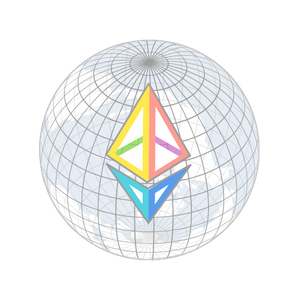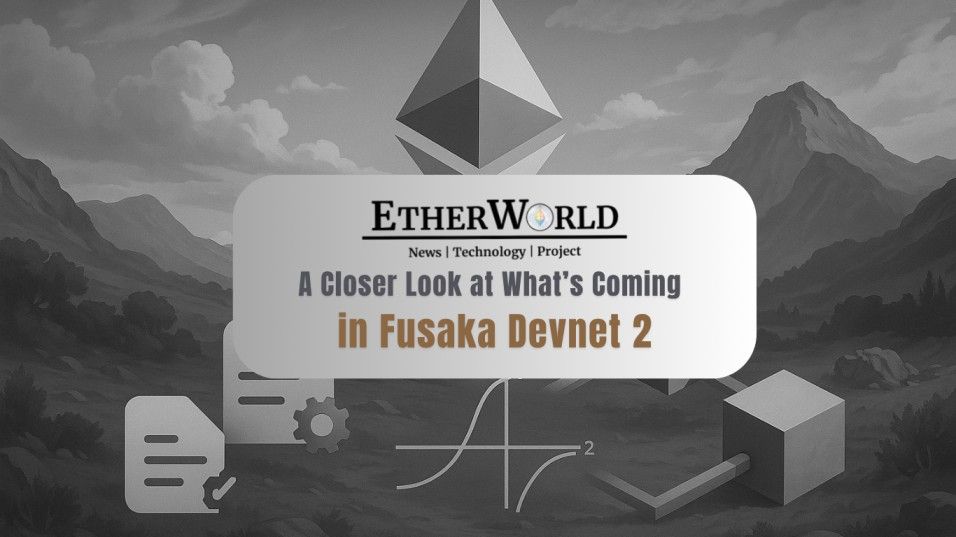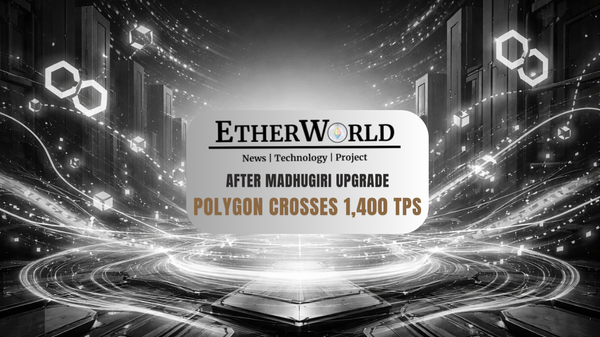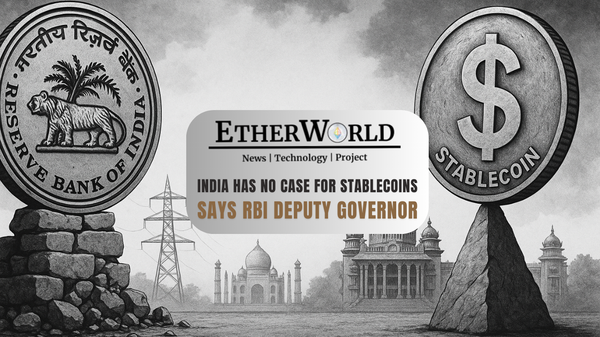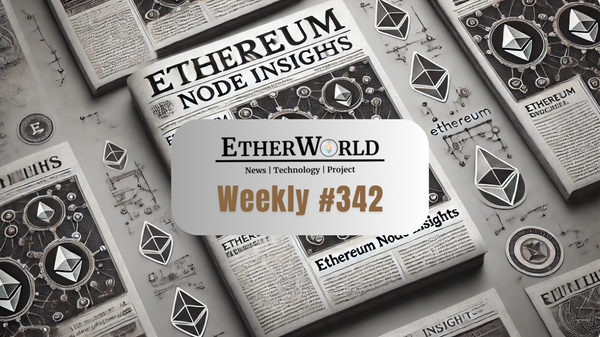Ethereum’s upcoming Fusaka upgrade is nearing its final testing phase with Devnet 2, a crucial pre-release environment that determines what features make it to mainnet. Any proposal not included in Devnet 2 will be excluded from the Fusaka fork. This stage represents a key checkpoint for core developers and client teams as they lock in the final scope.
In the latest ACDE call #213, Ethereum core developers finalized the proposals set to be included in Devnet 2, focusing on high-impact changes that minimize last-minute risk. Below is an overview of the selected Ethereum Improvement Proposals (EIPs), the rationale behind their inclusion or exclusion, and what it means for the network.
- Fusaka Devnet 2 Scope: Confirmed for Inclusion (CFI’d) EIPs
- Fusaka Devnet 2 Scope: Declined for Inclusion (DFI’d) EIPs
- Summary of Fusaka Devnet 2 EIP Status
- Conclusion
Fusaka Devnet 2 Scope: Confirmed for Inclusion (CFI’d) EIPs
1. EIP-7951: Modern Signature Support with P-256 Curve
EIP-7951 replaces the previously proposed RIP-7212 and enables native support for the secp256r1 (P-256) elliptic curve. This curve is already widely used in protocols such as TLS, SSH, OAuth, and device-level authentication systems like Apple Secure Enclave, Android Keystore, and YubiKeys.
The implementation introduces the ability to sign Ethereum transactions using biometrics or hardware-bound keys, creating a streamlined experience similar to unlocking a phone. Supported by over 780 test vectors and designed with a simplified interface, this proposal avoids the complexity seen in previous cryptographic upgrades and has broad consensus among client teams.
2. EIP-7907: Increasing Smart Contract Size Limits
EIP-7907 addresses long-standing developer constraints by proposing an increase to the maximum contract code size, currently limited to 24 kilobytes. As dApps become more sophisticated, this limit has been a technical bottleneck.
Although the actual implementation is estimated at approximately 200 lines of code, client teams raised concerns about the potential impact on database indexing, archival performance, and synchronization behavior. Pending successful test results, this proposal is expected to be included in Devnet 2 but will be closely monitored for performance implications.
3. EIP-7934: Execution Payload Size Limits for Validator Stability
EIP-7934 introduces a cap on the size of execution blocks. With higher gas limits under consideration, large payloads could slow down processing times, affecting validator responsiveness and consensus performance.
This proposal ensures predictable execution by preventing overly large blocks and has received widespread support from clients such as Geth and Besu. Its inclusion is considered non-controversial and important for maintaining the health of the network under increased throughput.
Fusaka Devnet 2 Scope: Declined for Inclusion (DFI’d) EIPs
EIP-5920: PAY Opcode Excluded from Scope
EIP-5920, which introduced a new PAY opcode to restructure gas pricing mechanisms, was reviewed but ultimately excluded from the Devnet 2 scope. The proposal lacked clear benefits, had minimal support from smart contract developers, and introduced downstream complexity without strong justification.
Unless a compelling use case emerges in future discussions, EIP-5920 will remain out of scope for Fusaka. It may be reconsidered for inclusion in a future upgrade such as Glamsterdam, pending further feedback.
Ethereum developers emphasized the importance of strict scope control for Fusaka. As the upgrade approaches mainnet readiness, the protocol’s maintainers aim to prevent instability caused by last-minute changes. A potential Devnet 3 may only be created in the event of serious implementation blockers or critical omissions. Otherwise, Devnet 2 will serve as the final validation environment.
Summary of Fusaka Devnet 2 EIP Status
Confirmed for Inclusion (CFI’d):
- EIP-7951: Modern, secure signature scheme enabling biometric and hardware key support
- EIP-7907: Increase in smart contract size limits, pending successful performance testing
- EIP-7934: Execution block size caps to improve validator performance
Declined for Inclusion (DFI’d):
- EIP-5920 (PAY opcode): Removed due to unclear advantages and divided client support
Conclusion
Fusaka Devnet 2 represents a pivotal stage in Ethereum’s upgrade cycle. With a clear preference for minimal, low-risk enhancements that provide measurable user and developer benefits, Ethereum’s core teams are taking a disciplined approach to network evolution. The coming weeks will be crucial as these changes are tested in-depth, paving the way for a stable and impactful Fusaka mainnet deployment.
If Devnet 2 passes without critical issues, the Ethereum community can expect a well-scoped and technically sound upgrade. Otherwise, the possibility of Devnet 3 remains open, but only as a fallback mechanism for essential changes.
If you find any issues in this blog or notice any missing information, please feel free to reach out at yash@etherworld.co for clarifications or updates.
Related Articles
- Ethereum Fusaka Devnet 0 Coming Soon
- Will Fusaka Be Ready in Time? Vitalik's 2025 Vision
- Glamsterdam: The Next Upgrade After Fusaka
- Ethereum Developers are Rethinking Transaction Signatures & Authority
- Censorship Resistance Vs Scalability
Disclaimer: The information contained in this website is for general informational purposes only. The content provided on this website, including articles, blog posts, opinions, and analysis related to blockchain technology and cryptocurrencies, is not intended as financial or investment advice. The website and its content should not be relied upon for making financial decisions. Read full disclaimer and privacy Policy.
For Press Releases, project updates and guest posts publishing with us, email to contact@etherworld.co.
Subscribe to EtherWorld YouTube channel for ELI5 content.
Share if you like the content. Donate at avarch.eth.
You've something to share with the blockchain community, join us on Discord!
